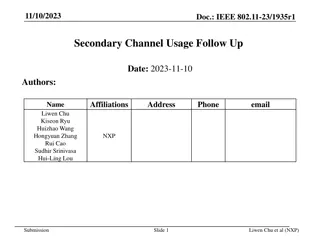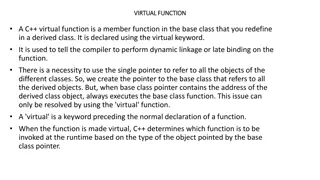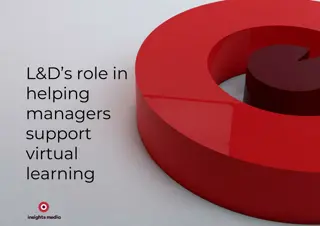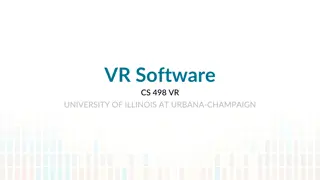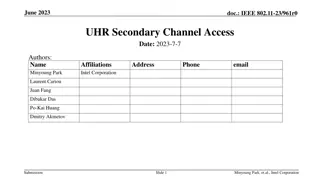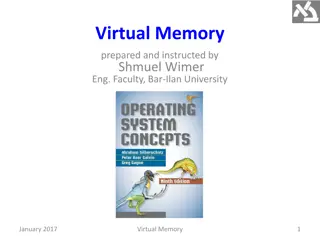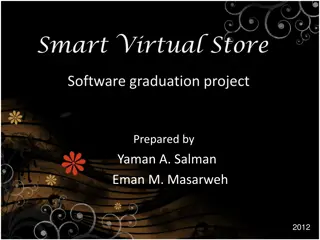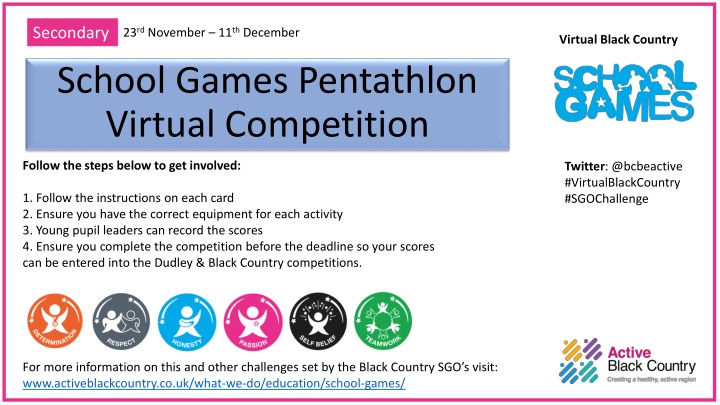
Black Country Virtual Pentathlon Competition Guide
"Get involved in the Virtual Pentathlon Competition organized by Black Country SGOs. Follow the steps, prepare the equipment, engage young leaders, and compete before the deadline. Find detailed instructions and challenges on the official website. Join the virtual fun now!"
Download Presentation

Please find below an Image/Link to download the presentation.
The content on the website is provided AS IS for your information and personal use only. It may not be sold, licensed, or shared on other websites without obtaining consent from the author. If you encounter any issues during the download, it is possible that the publisher has removed the file from their server.
You are allowed to download the files provided on this website for personal or commercial use, subject to the condition that they are used lawfully. All files are the property of their respective owners.
The content on the website is provided AS IS for your information and personal use only. It may not be sold, licensed, or shared on other websites without obtaining consent from the author.
E N D
Presentation Transcript
Secondary School Games Pentathlon Virtual Competition 23rd November 11th December Virtual Black Country Follow the steps below to get involved: Twitter: @bcbeactive #VirtualBlackCountry #SGOChallenge 1. Follow the instructions on each card 2. Ensure you have the correct equipment for each activity 3. Young pupil leaders can record the scores 4. Ensure you complete the competition before the deadline so your scores can be entered into the Dudley & Black Country competitions. For more information on this and other challenges set by the Black Country SGO s visit: www.activeblackcountry.co.uk/what-we-do/education/school-games/
Guidance Notes Follow stages 1 - 5 to deliver these sessions in your school. These stages are designed for schools who wish to engage all their athletes on one day. It is also possible to use the same programme template with different groups over a series of days or even to complete an event a day with all of the athletes (Speed Bounce on Monday etc) ensuring thorough cleaning between each bubble. The notes have been put together to facilitate peer led officiated sessions but if you have enough adults you may wish to deliver the session with adult officials. 1 Prior to the day: Arrange the session timings (suggested 1 hour per class/bubble) in Primary Schools you may choose to run officials training for at least 5 students in each bubble beforehand. Secondary pupils can be provided with the appropriate guidance notes at the start of their activity. Set up your 5 events either in a Sports hall, school hall or outside on a field (if the weather is suitable) as displayed by the example diagram Introduce the rules of each event. Split the students into 5 equal groups, providing each group with a clipboard, pencil, stopwatch and score sheet. Assign each group to their first event asking them to officiate for the others in their group. Once the second session is up and running instruct an adult or leader on how to enter the scores onto the spreadsheet provided. A separate spreadsheet should be completed for each class/year group. 2 3 4 5 Once all scores have been entered onto the spreadsheets please send them back to your SGO.
Challenge 1: Standing Long Jump Equipment: Measuring Tape Key steps/actions: The participant should start from a standing position in line with 0 on the tape measure and jump as far as possible. The participant must start on two feet and land on two feet. They are not required to hold the landing but if they fall back or step back the just should not be recorded have another go. The measurement should be taken from the back of the heel the closest point to the starting line. Recording your Score: Each jumper should have 3 attempts. Record each jumper s best score
Challenge 2: Speed Bounce Equipment: Speed Bounce Mat or Rolled Up Towel, Stopwatch Key steps/actions: Speed Bounce is a two-footed jump in which an athlete must take off and land on both feet the athlete s feet should leave the mat simultaneously and land on the mat simultaneously. The athlete should cross the wedge as many times as possible in 20 seconds. Any athlete undertaking a trial and considered to be using an incorrect technique should be stopped, provided an explanation and permitted a fresh trial after an adequate rest period. The number of good bounces should be recorded, i.e. the number of times the athlete completes a two footed jump over the wedge. Whilst any bounce in which the athlete lands on the wedge should not be counted, it is not an offence to clip or brush the wedge. Recording your Score: Record how many jumps from side to side in 20 seconds
Challenge 3: Chest Push Equipment: ball, measuring tape Key Steps/ Actions: The athlete holds the ball to their chest and pushes with both hands. The chest must face forward with no trunk rotation. Both feet must be behind the throwing line and remain on the floor at all times. One foot may be in front of the other but no run ups or steps are permitted. The athlete must not pass the throwing line during their throw. Once thrown, the ball doesn t have to land on the mat. The distance is measured from the throwing line to where the ball lands marked down to the nearest 25cm. The athlete is permitted 3 consecutive trials. Recording your Score: Each thrower should have 3 attempts. Record each thrower s best score
Challenge 4: Vertical Jump Equipment: Measuring tape, plain paper Key steps/actions: The participant stands with their back and heels touching the wall. Both arms should be stretched upwards and legs straight. The printed scale provided should be stuck on the wall and a mark made where the top of the fingers reach when fully stretched. Alternatively, use plain paper and use a tape measure to measure the distance between the stretched height and jumped height. Turn side on, move 20cm away from the wall, jump and touch the scale as high as possible. Record the number reached and calculate the difference between stretched height and jumped height. Recording your Score: Each jumper should have least 2 attempts. Record each jumper s best score
Challenge 5: 10x10m Shuttle Run Equipment: Measuring Tape, Stopwatch, Cones Key steps/actions: The athlete begins from a standing position behind the start line. On the whistle the athlete runs 10 metres to the set of cones opposite. The athlete must place one foot over the return line before turning and running in the opposite direction. After completing the 10 metre distance 10 times the clock is stopped when they re- cross the start line. Alternatively a 20 x 5m distance can be completed where indoor space prohibits a 10m course distance. The time is taken to the tenth of a second. 0.2 second must be added if the athlete turns short of the line. Recording your Score: Record the pupil s time when 100 metres is completed
Submit your Score: Fill in the results spreadsheet. The spreadsheet will work out the rankings of your children Complete one spreadsheet per year/class Send finished results to your SGO Your SGO will then forward on your results to be added onto the leaderboard


